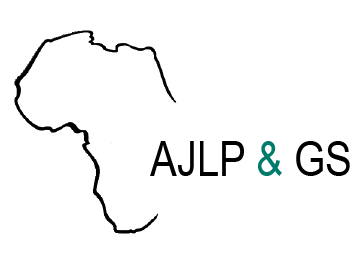Resource information
Background and context
With the decentralization processes underway in most countries of the Congo Basin, community involvement in decision-making is becoming an imperative, particularly with regard to land and resource management (Beatty, M.T. et al. (1978). To ensure that this involvement results in a clear and sustained expression of community needs, it is important to think of an integrated, free and committed approach to communities in order to promote a dialogue between land management actors (Joe Watts, 1994).
Goal and objectives
The main goal is to enhance community involvement in the management of lands and natural resources for informed decision making on sustainable investments and trade.
The specific objectives are to firstly depict the importance and approaches to conducting community participatory mapping and land use planning and secondly to showcase community’s use of mapping and planning approaches to sustainably manage natural resources and protect their cultural values, effectively negotiate large scale investments, and make decisions on their lands and resources.
Methodology
Thus, through participatory mapping of community customary land use and tenure, a facilitating accompaniment to local land-use planning is made on the basis of an assessment of socio-spatial data. It is a cross-sectional analysis of land use data, agricultural-climatic-ecological factors and future needs that allows the establishment of scenarios based on development objectives through the use of participatory diagnostic tools (problem tree, venn diagram).
Results
The result shows that participatory planning is an approach dedicated to the sustainable management of resources by local communities. With the diversification of land uses due to the presence of large projects, traditional modes or visions of sustainable land management need to be maintained. The land tenure of the Upper Balong clan in the commune of Nguti is occupied by 65% of land allocations that conflict with the activities of local people. These land allocations do not integrate the local vision of land use with the changes in land use, the needs of the people for local development and those of future populations. There is a risk of land shortages for the conservation of cultural values and communities risk losing their potential biodiversity (NTFPs). The uses proposed in the scenarios for reorienting the allocation of resources beneficial to communities take into account regional and sectoral strategies for harmonization with national development needs.

